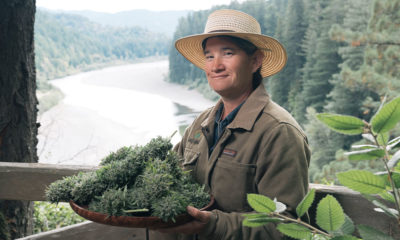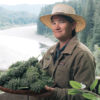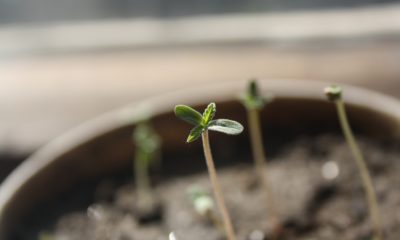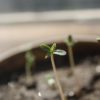Cultivation
Sustainable Water Tips for California Cannabis Growers
Photo by Orange_fan_11/Flickr
As we head into what is sure to be a long hot summer in California the topic of truly sustainable cannabis production comes up frequently.
Many believe outdoor cultivation is less energy intensive and therefore a “better “ way to grow. This is true when it comes to energy usage and carbon dioxide (CO2) emissions. One aspect of sun-grown medicine that is frequently overlooked though is water usage.
A fully mature plant in full sun can take up to 15 gallons of water or more, per day. An average garden of 50 or so plants is using 750 gallons a day or a whopping 22,500 gallons per month.
If you multiply this by the thousands of people growing cannabis, the amount of water used is staggering. This tremendous water usage has had the effect of drying up streams all across Northern California, endangering critical salmon habitats and affecting the whole food chain.
During the summertime in grow country, virtual convoys of water trucks can be seen hauling their precious cargo deep into the wilderness. Less scrupulous growers dam up and divert natural water sources further endangering critical wild life habitats.
An idea that Ed Rosenthal has floated for years is that people should be allowed to grow as much cannabis as they have water for. If you live on a property with a strong spring you should be able to grow more than if you are buying water all summer.
Water doesn’t just magically appear in all those trucks, it has to come from somewhere and that frequently means public sources, often illicitly obtained. There are ways to mitigate water usage. Drip irrigation is effective as is growing in the ground as opposed to grow pots, which evaporate water off of their sides.
The stark reality of sun-grown is that many places in California are simply too arid for sustainable cannabis growth.
Simple age-old conservation techniques should also be employed. Catching and storing rainwater in the winter and spring and also drawing from springs during those heavier flow periods can go a long way toward mitigating water demands during the peak of summer.
A grower should be using all available roof space to catch and collect water and tarping (lining planting holes with plastic) can also be set up to catch water that would otherwise go to waste.
Yes, it is an investment in infrastructure to have enough storage capacity to hold the amounts of water needed. But, with the payoff in the long run as far as environmental impact, reduced water bills and the lessened need for expensive truck deliveries — the value is incalculable.
If California is going to be the nation’s grass basket we all need to learn to practice much more sustainable methods of production. None of these techniques are complicated and we should practice what we preach when it comes to producing our favorite plant in a way that respects the earth where it comes from.
Have a water saving tip to share? Tell us in the comments below.



























